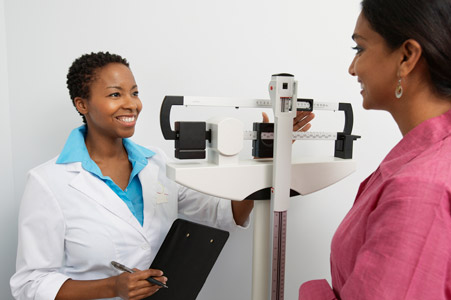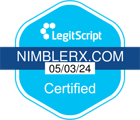


A Patient’s Guide to Understanding Medication Labels
Starting a new medication can feel overwhelming — and it’s common not to remember every single detail from your doctor’s visit or consultation with your pharmacist.
Luckily, medication labels provide a great tool for you to understand more about your medication, what to keep in mind while taking the medication, and when or how to take your medication.
Let’s explore exactly how you can understand all the information that might appear on your medication box or bottle’s label.
The Layout of Medication Labels
While there might be slight differences from pharmacy to pharmacy or within different types of medications, most medication labels will look something like this:

Let’s explore what each of these sections can tell you about your medication and how to take it!
- A: Pharmacy Information: You can usually find the name, address, and contact information for your pharmacy at the top of your prescription label should you need to speak with someone on staff.
- B: The Prescription Fill Date: Here you will find the date this prescription was most recently and originally filled. Keep in mind that if your prescription has changed at all, including the dosage, it will be treated like a new prescription.
- C: The DEA Number: The Drug Enforcement Administration (DEA) gives pharmacies in the United States a unique identifying number. This number allows these pharmacies to dispense controlled substances.
- D: Pharmacist Name: This section of your label will often list the pharmacist who filled your prescription. If you need to ask more questions about your treatment, ask for this pharmacist when you call your pharmacy.
- E: Warnings: Warnings or specific reminders can be printed on the label or may be added as a sticker. This section will tell you what activities to avoid, side effects to watch out for, or other instructions.
- F: Refill Information: Your prescription may be a one-time fill or available for refill if it’s something you’ll be taking for an extended amount of time. Typically, the label will note how many refills you have left before you need to request more from your provider.
- G: Discard or Expiration Date: This date serves as a use-by date for your prescription. If there is any medication left after this date it should be disposed of properly. Your pharmacy will have more information and tips on how to safely dispose of medications.
- H: NDC Number and Manufacturer Information: You’ll see which pharmaceutical company manufactured this medication on your label. Your prescription’s NDC number, or National Drug Code, is a number assigned by the US Food and Drug Administration (FDA) for recall tracking purposes.
- I: Medicine Description: This area may provide a visual description of the prescription that should be included in your bottle or box.
- J: Medication Quantity: Your label will include how many total units (such as tablets or pills) that should be contained in the bottle or box.
- K: The Doctor/ Prescriber Name: This is the person (such as a doctor, nurse practitioner, or physician’s assistant) who prescribed this to you.
- L: Dosage Instructions: Your doctor or the medical professional who prescribed your medication will provide instructions on how you should take it. This often includes how often, how much, what time of day to dose, and if you need to take it with food or water. Your pharmacist will cover this information during your consultation upon pickup.
- M: Medication Name: The label will include the generic and/or brand name of the medicine and other information about its formulation and strength.
- N: Patient Information: The label will always include who the medication has been prescribed to.
- O: The Prescription Number: This is a unique number given to each prescription that can be used to request a refill.
- P: The Barcode: This barcode is used by pharmacy staff to log different actions with your prescription such as when the fill is ready and when it is picked up. They can also scan this barcode to pull up the prescription’s information on their computers to ensure that all the information is correct upon pickup.
Think of your prescription label as an encyclopedia to understand everything you need to know about your medication. With that said, it’s always smart not to remove or throw away these labels as you may need this information in order to refill or remain adherent to your prescription.
If you have any questions, be sure to reach out to the pharmacist or provider listed on your prescription’s label.
The information on this site is for informational purposes only and should not replace direct medical advice, diagnosis, or treatment from your doctor or another qualified healthcare provider.
Sources:
“Expiration Dates - Questions and Answers.” U.S. Food and Drug Administration.


.jpg)
.jpg)
.jpg)


















.jpg)





















.jpg)








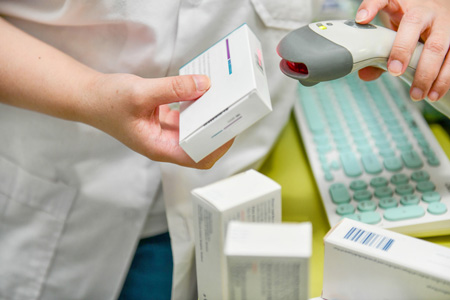
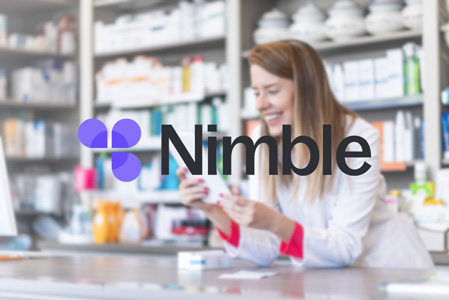




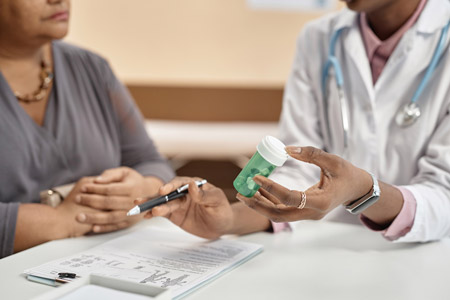


.jpg)




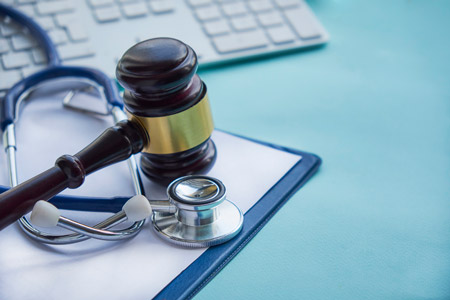





















.jpg)
.jpg)
.jpg)


